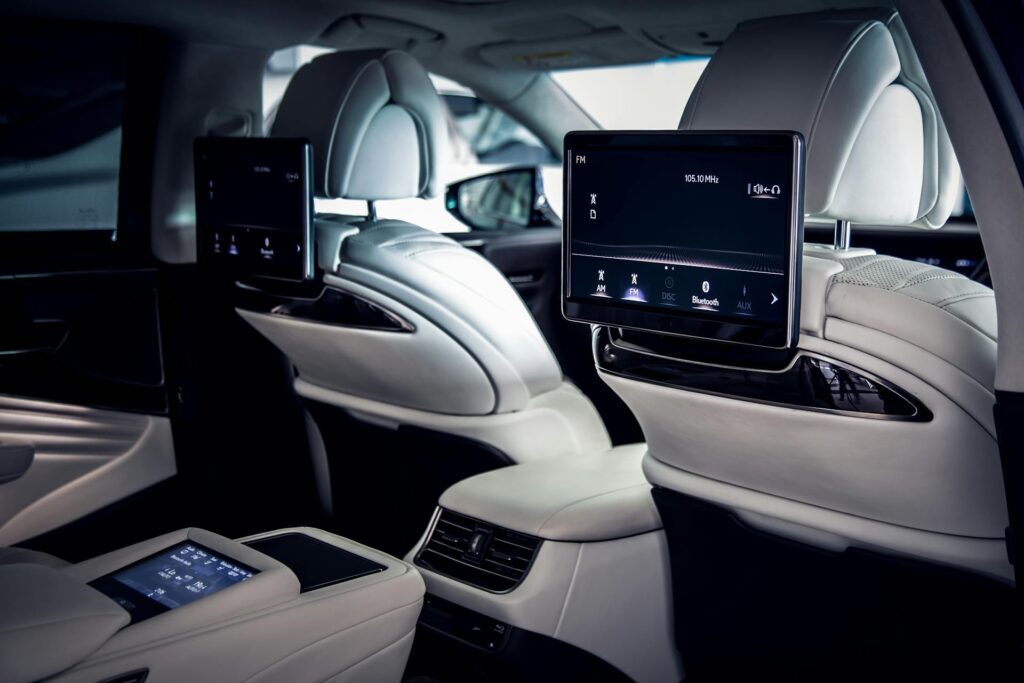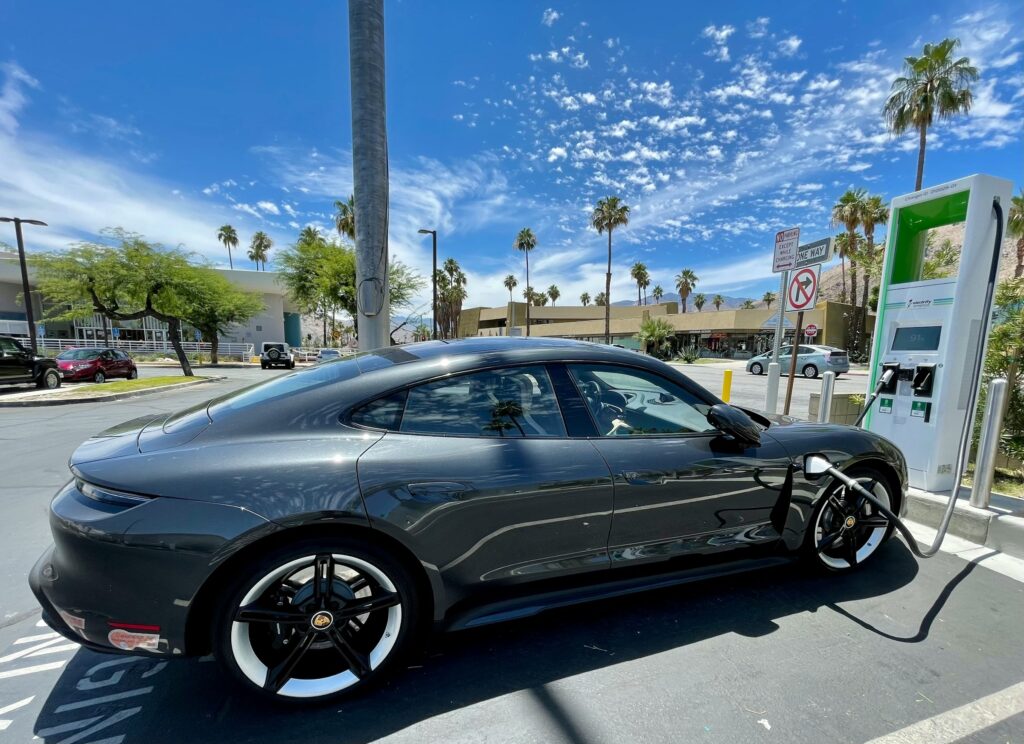AI in automotive design is reshaping how vehicles are imagined, tested, and produced.
From digital prototypes and smart simulations to robot-assisted assembly lines, today’s top automakers are embracing intelligent tools like never before.
Brands like GM and Tesla are using AI to trim development cycles, cut material waste, and boost efficiency. The result is smarter, safer, more customized vehicles that built faster than ever.
Here’s how tomorrow’s vehicles are taking shape today.
Digital Twins and Smart Prototyping
Traditional car design involved clunky clay models, manual tests, and endless iterations.
Today, we have digital twin technology—a virtual replica of a vehicle that simulates real-world conditions before a single part is made.
AI-powered CAD tools enable engineers to run simulations, fine-tune aerodynamics, and stress-test safety features in hours, rather than months. Companies like Tesla and BMW utilize these automotive simulation tools to validate changes in real-time, thereby reducing costly redesigns and delays.
Pair this with real-time automotive testing and you’ve got a recipe for faster innovation and better products.
Generative AI: Designing the “Perfect” Vehicle
Generative AI for product design is automating tasks that once required teams of engineers to complete. Today, it can quickly produce hundreds (even thousands) of design options based on your goals.
If you want a lighter chassis or better airflow, AI adjusts structures accordingly, often suggesting shapes that a human might never consider.
Czinger’s 21C hypercar is a great example. Created with AI-generated components and 3D printed vehicle parts, it’s lighter, stronger, and built with minimal material waste. You can read more in TIME’s coverage.
This isn’t the future. This is happening now.
Smart Manufacturing with AI
On the production floor, automated quality control in car plants uses cameras and sensors to detect flaws in real time. No more guesswork. No more waiting for post-production inspection.
Meanwhile, GM is tapping into Nvidia Omniverse automotive to power “digital twins” of entire factories, simulating worker movements, robot paths, and supply chain flow. That means fewer stoppages and smarter logistics.
Machine learning in automotive factories also helps predict wear on tooling machines, track defects by part number, and fine-tune outputs across global plants.
AI in EV Development & System Intelligence
AI in EV development goes beyond the battery. It helps balance thermal loads, regulate braking systems, and personalize drive modes based on driver behavior. These intelligent vehicle systems are trained on millions of data points to continuously optimize your ride.
And it doesn’t stop at the factory doors.
Systems like predictive vehicle engineering can monitor how your car performs after purchase, flagging issues before they become expensive.
Learn how this works in our guide about How Predictive Maintenance Systems Work in modern cars.
The Human-AI Collaboration
Despite all the automation, AI in automotive design isn’t here to replace human engineers. it’s amplifying their capabilities.
With tools like AI-powered CAD and real-time simulation, designers spend less time on repetitive tasks and more on innovation. AI handles the data crunching, but humans guide the vision. This balance of machine learning and human insight is what’s driving smarter, faster development.
The future of automotive design isn’t just automated, but collaborative, and the results are already hitting the road.
A Faster, Smarter Auto Industry
Today’s auto industry is moving faster and building smarter than ever before. If you’re buying a next-gen vehicle, there’s a good chance AI had a hand in every stage, from sketch to street.
As the technology matures, expect smart vehicle prototyping and autonomous factories to become standard, rather than cutting-edge.



